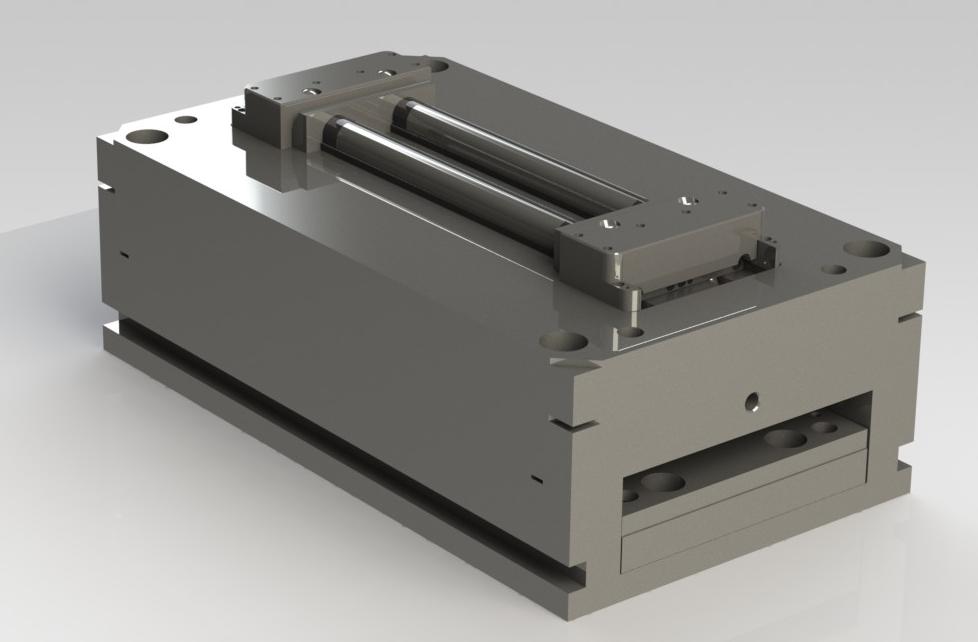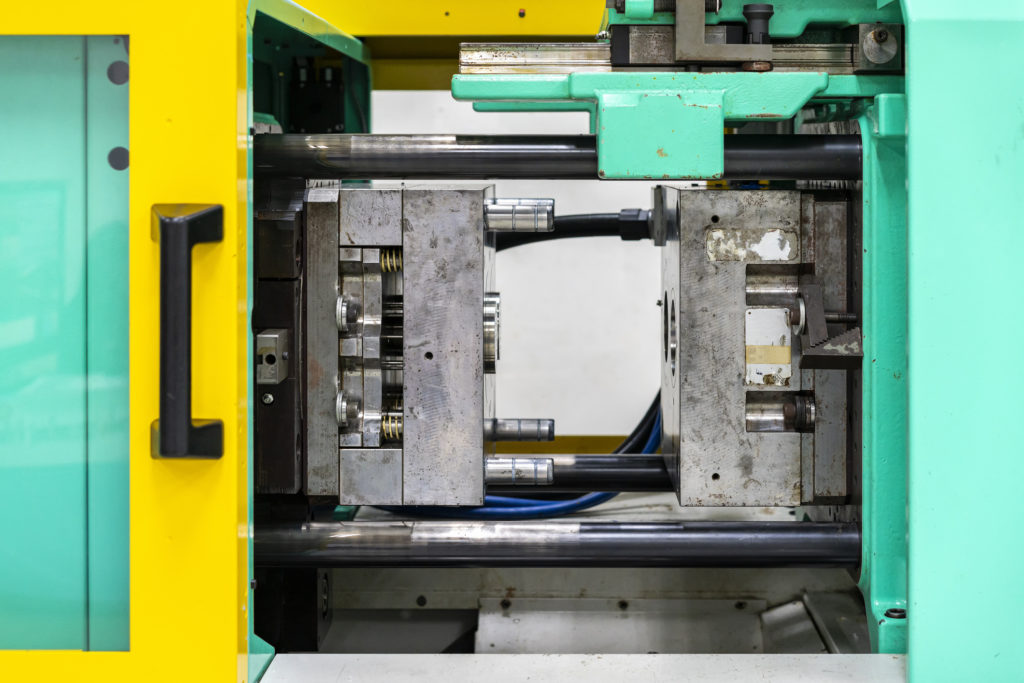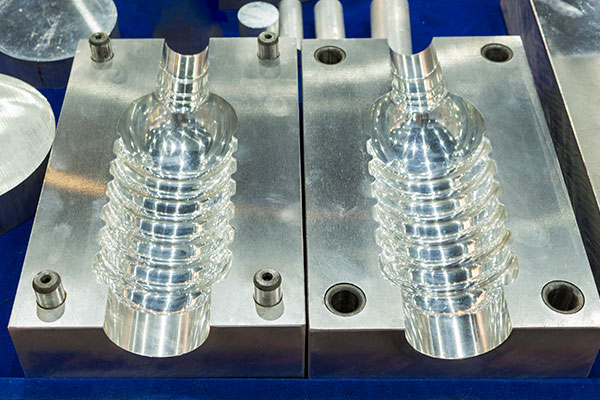Enhancing Item Development with Advanced Plastic Injection Molding Solutions
Enhancing Item Development with Advanced Plastic Injection Molding Solutions
Blog Article
Recognizing the Basics of Plastic Injection Molding Procedures
Plastic injection molding serves as a foundation of modern production, providing a systematic strategy to producing complex parts with precision. Discovering these vital aspects might disclose exactly how even small modifications can lead to significant renovations in manufacturing outcomes, raising inquiries concerning the capacity for development in this well established procedure.
What Is Plastic Shot Molding?
Plastic shot molding is an extensively used production procedure that transforms thermoplastic and thermosetting materials right into exact and complicated shapes. This strategy is favored for its capability to create high quantities of the same components with remarkable precision, making it an important approach in different markets, including vehicle, customer items, and medical devices.
The process involves thawing the chosen plastic product and infusing it right into a mold and mildew under high pressure. The mold and mildew, designed to the specs of the desired component, permits the liquified plastic to materialize as it strengthens and cools down. As soon as the product has actually solidified, the mold and mildew is opened up, and the completed component is ejected.
Plastic injection molding supplies several benefits, consisting of minimized waste, consistency in manufacturing, and the capacity to include complex designs that may be challenging with other making methods. Additionally, it supports a broad array of materials, each providing unique buildings that can be tailored for details applications. As industries remain to introduce, plastic injection molding continues to be at the forefront, making it possible for the growth of advanced items that satisfy developing consumer needs.
The Shot Molding Refine
The injection molding process is an advanced technique that includes a number of key stages to produce premium plastic parts. Initially, plastic pellets are fed right into a warmed barrel where they are merged a thick fluid. This molten plastic is after that injected under high pressure into a precision-engineered mold and mildew, which forms the product into the wanted form.
When the mold and mildew is filled, the plastic is enabled to strengthen and cool down, taking the shape of the mold and mildew dental caries. Cooling time is crucial, as it affects the cycle time and the last homes of the molded component. After enough air conditioning, the mold and mildew opens, and the completed part is ejected using ejector pins.

Products Utilized in Injection Molding
Numerous products can be used in the injection molding procedure, each offering one-of-a-kind homes that accommodate particular applications. One of the most generally used products include thermoplastics, thermosetting plastics, and elastomers.

Thermosetting plastics, like epoxy and phenolic resins, undertake a chemical modification throughout the treating process, leading to a stiff, stringent framework. These products are ideal for applications needing high warm resistance and architectural integrity, frequently utilized in automobile parts and electrical insulators.
Elastomers, consisting of silicone and rubber-based materials, give adaptability and resilience. Their unique buildings make them appropriate for applications that require elasticity, such as gaskets and seals.
In addition, specialty materials like bio-based plastics and compounds are acquiring grip for their ecological benefits and boosted performance characteristics, widening the extent of injection molding applications in different industries. Understanding the properties of these products is critical for choosing the ideal type for specific projects.
Benefits of Shot Molding
Injection molding stands apart as a very efficient production process that provides countless benefits for creating complex parts with precision. One of the most considerable benefits is the capacity to develop detailed styles that would be impossible or difficult to accomplish with various other methods (Plastic Injection Molding). The procedure permits thorough functions and tight resistances, making sure top notch components
Additionally, injection molding is known for its rapid manufacturing capabilities, making it a perfect option for high-volume manufacturing. Once the mold and mildew is produced, parts can be generated rapidly, decreasing preparations and increasing total productivity. This effectiveness not just lowers manufacturing expenses but likewise gives an one-upmanship out there.
The versatility of products utilized in shot molding further improves its click now charm. A large range of thermoplastics and thermosetting polymers can be employed, allowing manufacturers to choose products that best meet their particular demands, including adaptability, warm, and strength resistance.
Furthermore, the process decreases waste, as excess material can commonly be recycled and reused. This sustainability facet adds to a reduced environmental impact, making injection molding an accountable manufacturing choice. In general, the advantages of shot molding make it a favored method for lots of markets.
Aspects Impacting Item Top Quality
While various variables can influence item high quality in injection molding, recognizing these components is essential for accomplishing optimum results. Trick elements consist of product selection, refining parameters, and mold style.
Material selection plays a vital role, as various polymers show unique properties that affect flowability, toughness, and thermal stability. Inadequate material option can lead to issues such as warping or incomplete dental filling.
Processing parameters, consisting of cycle, temperature level, and stress time, have to be carefully managed. Variations in these setups can cause disparities partly measurements and surface finish. For instance, excessively high temperatures might trigger destruction of the polymer, while insufficient stress can result in short shots.
Mold design is equally important, as it figures out the circulation of the molten plastic and the cooling procedure. Improperly developed molds may cause irregular cooling prices, causing residual anxieties and dimensional errors.

Final Thought
In verdict, plastic injection molding functions as an important production procedure that allows the effective manufacturing of high-quality elements. Proficiency of the shot molding process, consisting of the understanding of materials and the impact of different elements on item top quality, is necessary for accomplishing optimal outcomes. The benefits of this technique, such as cost-effectiveness and design versatility, more emphasize its value across several industries, solidifying its standing as a preferred choice for high-volume manufacturing.
Plastic injection molding serves as a keystone of contemporary manufacturing, supplying a methodical technique to generating complex elements with precision.Plastic injection molding uses a number of benefits, including lowered waste, consistency in production, and the capacity to integrate detailed designs that might be challenging with other making methods (Plastic Injection Molding). As markets continue to introduce, plastic injection molding continues go to these guys to be at the forefront, enabling the development of innovative products that meet evolving consumer needs
The shot molding process is an advanced method that involves numerous key phases to produce premium plastic components.In final thought, plastic injection molding offers as a critical production procedure that allows the efficient manufacturing of high-quality parts.
Report this page